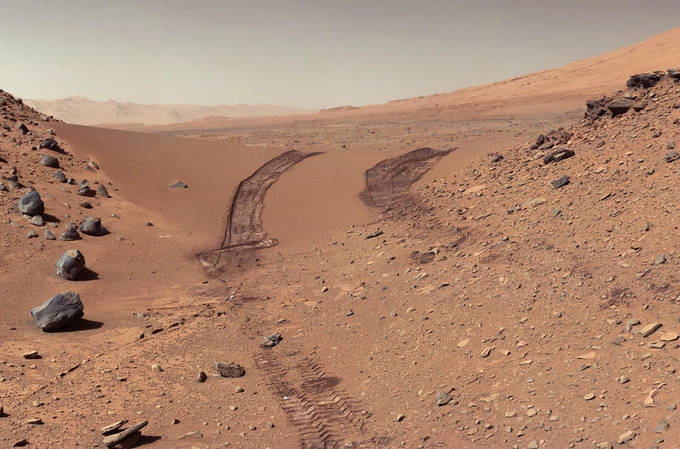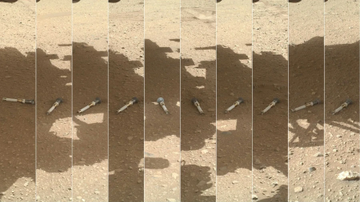Nasa has recently announced an ambitious plan to bring Martian soil samples back to Earth, with a streamlined budget of $7 billion.
This new initiative marks a significant reduction in costs from the previous estimate of $11 billion, reflecting the agency’s commitment to advancing space exploration while maximizing resource efficiency.
The revised plan aims for a sample return mission by 2035.


Two primary methods for retrieving the Martian samples have been proposed: a “sky crane” landing technique and strategic partnerships with commercial space companies.
The sky crane method, which has seen success in past missions, would allow for precise landings on the Martian surface.
Collaborating with commercial partners is also expected to foster innovation and reduce costs significantly, allowing more focus on scientific discovery.
NASA has emphasized that this initiative is about scientific exploration rather than a space race.
While China has plans for a similar mission targeting a return by 2031, NASA aims to navigate its Mars mission with a focus on collaboration and research integrity.
The American space agency is dedicating its efforts to paving the way towards groundbreaking discoveries on Mars, ensuring that the quest for knowledge remains at the forefront of these endeavors.